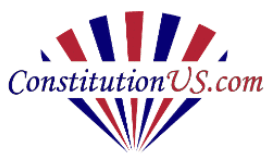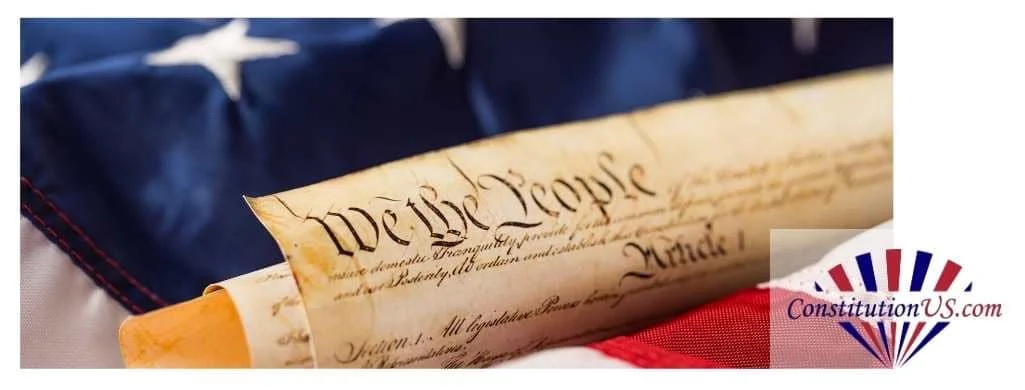The Vietnam War is famous for its length and the devastating loss of life on all sides. The United States found itself drawn into a conflict between North and South Vietnam during a time when the spread of communism became a significant fear for the west. It felt like a conflict that would never end as president after president took over command and determined the war’s course.
The commencement of the Vietnam War is interesting as there are different perspectives and factors at play. The origins of the involvement of the United States go back further than many realize. So, when did the Vietnam War start, when did the United States establish its allegiance with South Vietnam, and when did it begin active warfare?
When did the Vietnam War start?
This is a question with various answers depending on one’s perspective on the conflict. The date of November 1st, 1955, is often cited as the official start of the war. However, some would say that the date is much later based on when American troops were directly involved in the conflict. On the other hand, America’s participation in the conflict between North and South Vietnam began earlier than 1955.
The timeline of the Vietnam War and the involvement of the United States is complex. The 1940s saw a divide between the two sides and an alliance between South Vietnam and the United States. The 1950s brought an escalation in the conflict between the North Vietnamese army and the South Vietnamese army and fears over the spread of communism and the Soviet Union’s involvement. The 1960s then saw the active involvement of American troops on the ground and the official start from the perspective of the United States government. Finally, it all came to an end in the 1970s.
National Vietnam War Veterans Day
On March 29, 1973, the last United States combat troops left Vietnam. In 2017, March 29 was officially designated National Vietnam War Veterans Day.
During this day, Americans honor Vietnam veterans from Air Force, the Coast Guard, Army, the Navy, and Marine Corps, for their courage and sacrifice.
Ceremonies and celebrations across the country mark the holiday. Some people will go to a memorial service, and some will attend a parade or other public event.
America’s Involvement in the Vietnam War
One way to look at the official start of the Vietnam War for America is to focus on the moment of active involvement. There are two key dates here that are long after the start of the conflict in 1955.

The first is February 28th, 1961, which Congress recognizes as the start of United States involvement. This is when military advisors first accompanied South Vietnamese troops during operations. The other date is August 1964, when the nation’s involvement was publicly declared after North Vietnamese gunboats attacked American destroyers.
America’s Relationship With Vietnam
While the first American troops may not have engaged in combat until the 1960s, the United States had maintained a strong relationship with South Vietnam for some time. Tensions built between the North and South following the end of the Second World War, and the United States favored those in the South who shared a similar ideological outlook. This led to support for the First Indochina War and the creation of the 17th Parallel.
The Divide Between North and South Vietnam
The Indochina Wars of the 1940s and 50s saw Ho Chi Minh form the Viet Minh to fight the colonial rule of Japan and France. The United States was an ally to France and provided essential funding, so the nation’s involvement in Vietnam started long before the official start of the war.

Eventually, the 17th parallel was created via the Geneva Accords of 1954. This officially separated the region into the Democratic Republic of Vietnam to the North and the State of Vietnam to the South. The North developed its capital of Hanoi with leader Ho Chi Minh, and the South built theirs at Saigon, now officially known as Ho Chi Minh City, under former Emperor Bao Dai and President Diem. Following this split and creating the demilitarized zone, the South built upon their democracy and stirred up further tensions with the communist North.
Eisenhower and the Fear of Communism Spreading
President Dwight D. Eisenhower still feared the implication of this new communist region to the North. He started an assistance program in the southern state of Vietnam, including the Saigon Military Mission. This program began on June 1st, 1954, under US command to help those in South Vietnam learn about psychological warfare and paramilitary activities. So, while the war between the countries was not yet underway, the United States was fully prepared for one.
Vietnam and the Cold War

Eisenhower would not be the last president to fear the prospect of the spread of communism and communist forces, especially regarding the Soviet Union following World War II. The fight against the Viet Cong of North Vietnam was part of a wider war against their allies – China and the Soviets. This fear continued through the decades with the continuation of the Cold War.
As things escalated in Vietnam, there were also concerns about atom bombs and communists infiltrating the United States government. Even after the end of the Vietnam War, the Cold War continued until the Iron Curtain’s fall and the USSR’s dissolution in 1991.

Get Smarter on US News, History, and the Constitution
Join the thousands of fellow patriots who rely on our 5-minute newsletter to stay informed on the key events and trends that shaped our nation's past and continue to shape its present.
The End of the Vietnam War
We can’t discuss how the Vietnam War started without mentioning how it finally ended. The war seemed as though it would never end, and the costs for the Vietnamese and American troops were devastating.
Eventually, the United States withdrew from the region in 1973, leaving South Vietnam to fall to a full invasion by the North. Congress considers May 7, 1975, as the official end of the Vietnam War from the perspective of the United States, as this was when President Gerald Ford announced that the ‘Vietnam Era’ had ended.
It is estimated that as many as 250,000 South Vietnamese soldiers died, and up to two million civilians on either side. On top of that, over 58,200 United States Military personnel also lost their lives.
President John F Kennedy, President Lyndon Johnson, and President Nixon all oversaw the United States’ involvement in one of the most damaging episodes in American military history.
America’s History With Vietnam Is Long and Complex
The moment that things truly began depends on where we consider America to be involved in the conflict. Was it the moment that troops landed on Vietnamese soil to fight? Was it when the Saigon Military Mission began? Or was it as soon as they picked sides and supported the French? Whatever the official date of the start of the Vietnam War, America was already involved.





One Response
I feel we had zero right to be in nam. Also, the wars starts when the very first advisor lands to so called help these poor peolle.
As soon as the “war” was calling upon American men and women, I became an involvement. The cause of Tonkin incident was to be the “reasioning” behind the full involvement. It was a lie to the American people.
Why should we have gone in to protect France? It was their own greed that kept them there.
Now American greed was to get high paydays in development and building machines of war. After IKE, it was money flowing freely under the tables from lobbyists to everyone they could interest into becoming their mouthpiece. Millions into the pockets of the Congress and Senate , those two sacred halls now owned by corporate America.
We traded American lives for dollars. We raised up a whole new generation of money mongrals and it was them that continued this mess.
Then LBJ knew if he didn’t leave office this was going to blow up in his face.
Nixon was no better than any other president who had their hands extended out for the best part of this office, the top secret bribes.
So, first we didn’t being being there, second, we should never go into a situation where an ally nations getting its butt kicked at every turn, there must have been one hell of a payoff.
Third, micromanaging by LBJ says he was nothing but an inhibitor trying to see battles and keeping his “hand on the pause of this war.” as far as using our troops in missions they should have never been assigned to.
Fourth, our fellow south Vietnam military did more cut-and-run leaving only Americans to fight their battles.
I, personally was not against the war, at that time! I was against illiterate people condemning our nation because their draft-dodging moronic brains that are hyped up on LSD, uppers, owners, salt Peter, and another drug couldn’t serve their country because it’s up to those poor people to serve. That was a lie, it was back then as it still is today.
I volunteered to serve after graduation. The war was winding down. I enjoyed my service in a way others would find hard to believe. I served to honor that 58,000 plus who did their service and didn’t come home to a heroes welcome but rather to profanity like never heard before in this country. Being spit upon, baby killers, all kinds of vile things thrown at us.
All because of greed, no brain but pockets full of cash so called government so called officials from the top in down!